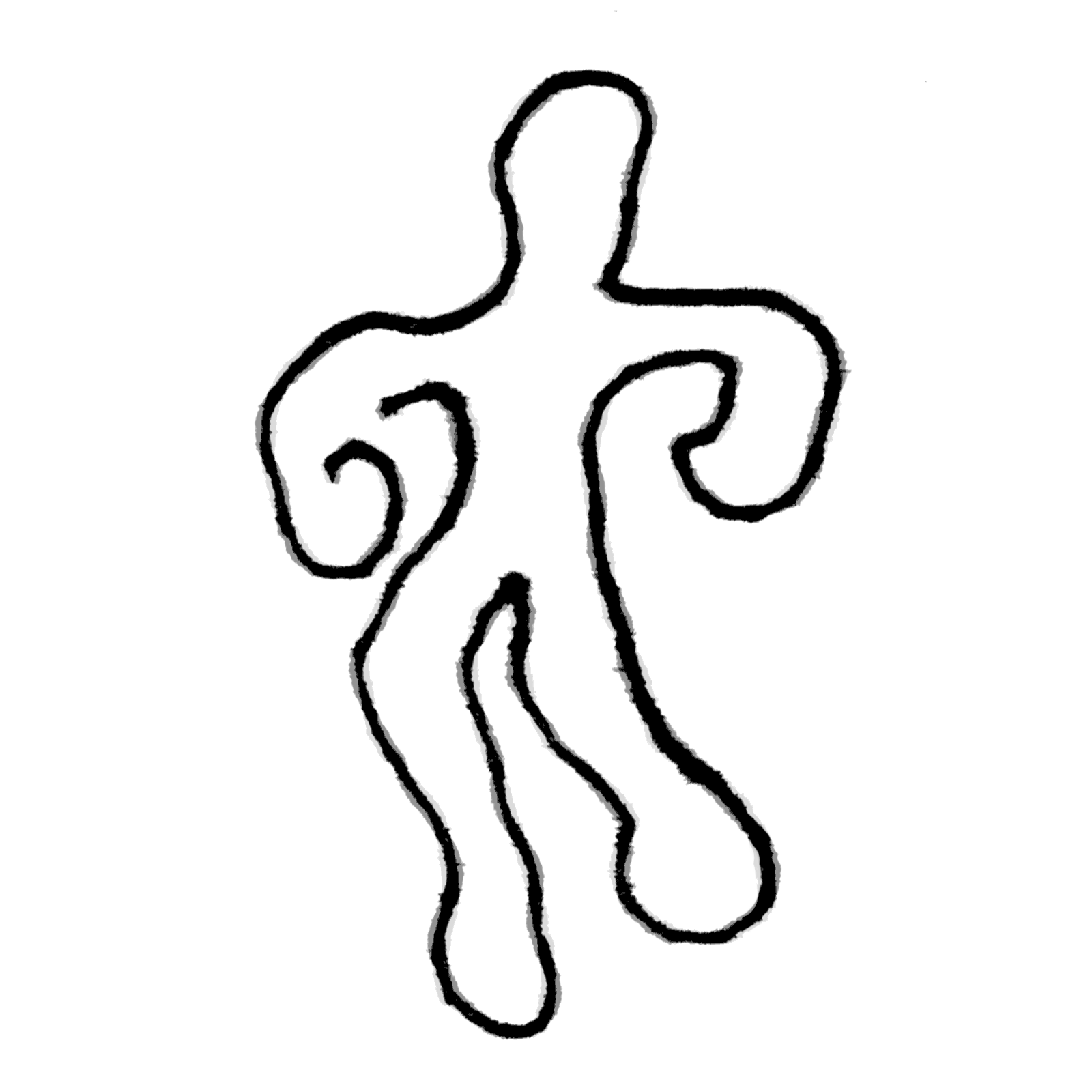

True, gives me something to ponder about.


True, gives me something to ponder about.


Ok, sounds good.*but do I have to write manual commit logs whenever a config file changes? Feels like a hassle to track down and understand all the specifics. For instance when are app updates to new version with new features and that is reflected in new config files. I currently use freefilesync for backups and keep up to 5 version of old files.


Thing is: it was the backup that I accidentally overwrote.



I know the feel, many years ago I chose the wrong folder and overwrote all my video recordings.
Lovely, I tried the decky plugin for this before but it was somewhat unstable and also caused games to slow down while recording. I wonder what the storage requirements will be for recording, let’s say, a buffer of three minutes at all times? 🤔
deleted by creator


OK, thanks for the hint. I just found out that you will only be prompted to update if you:
here’s to hoping the updates will allay the display issues


I vaguely remembered it offering me updates when I first set the dock up (purchased the dock much later then the deck). I’ll make sure I have the latest version.


Good to know. It was a common problem with XCOM 2 for me.
Whenever possible I tried to get around this distorted audio noise after resuming from sleep by first opening a pause menu and then sending the deck to sleep. It seems to occur less the less audio channels are used by the game engine at the moment that you sent the deck to sleep.
What’s the difference between run time program data and temporary files? Is /tmp just for system level processes but not for user space?
Ideally you’ll adjust both in game settings and deck settings for each game with in-game settings taking precedence as they give you access to fine tuning custom tailored to that game. The deck settings are great to tinker with when you want longer battery life especially. If it’s inside the dock and charging while you play you needn’t worry much about optimization (frame rate limit, heat limit, half rate shading, etc.) and can leave it at the sensible defaults.
The Steam Deck per-game control layout is very helpful for games that don’t come with native controller support or those that don’t let you rebind controls inside the game itself.
I don’t own the games you mention, so I can’t suggest specifics but my general way of setting up a game is:


I often use this over KDE’s inbuilt screenshot tool because this one has a quick way to crop a screenshot


That likely means they’ll put thought into a pleasant controller layout (including steam actions) as well. Good stuff.
GoldenEye has terrible controls compared to modern controller and especially mouse+keyboard but in multiplayer it didn’t really matter as anyone is on even footing.
My family still has one but the image quality is terrible on modern big screen TVs because
The result is a picture that is both sharp and blurry at the same time and gives me head aches after an hour or so.
Ok, now that you mention it: I think the difference is that (at least in my region) the PlayStation was sold with a memory card included. Standalone memory cards for it were cheap. N64 came without a memory pack and they were more expensive.
IIRC PS also had a more granular slot size (eg gran turismo takes up 1 slot while final fantasy takes up 3 slots) while on the N64 it was large and fixed (each game takes up one large slot even if that slot doesn’t use up all the data).
In hindsight that has me wondering why they didn’t go for dynamic slot size 🤔. Maybe because a save file could grow over time and they wanted to ensure that you could always overwrite/update?
Is that what the Steam Deck uses? It’s pretty useful.
Cartridges were also a very solid copy right enforcement mechanism. By contrast PlayStation games were much easier to pirate although manufacturers kept adding on new mechanisms to prevent just that as time went on.
Oh man, thanks for linking this. I’m glad there’s someone out there writing plug-ins but Valve should really provide this out of box.